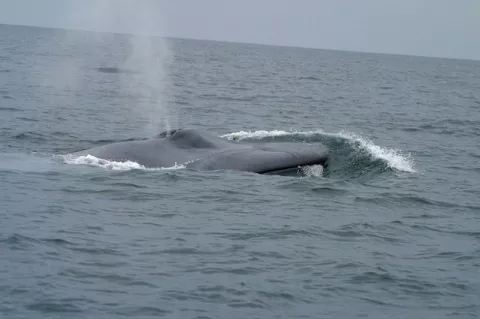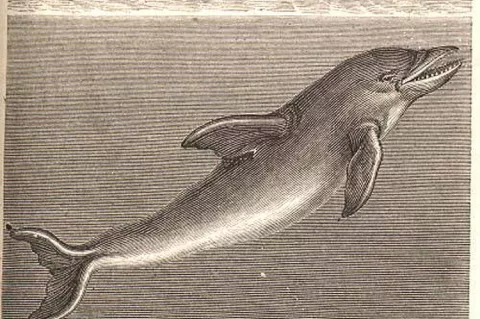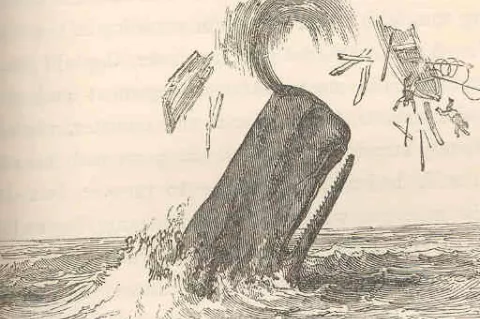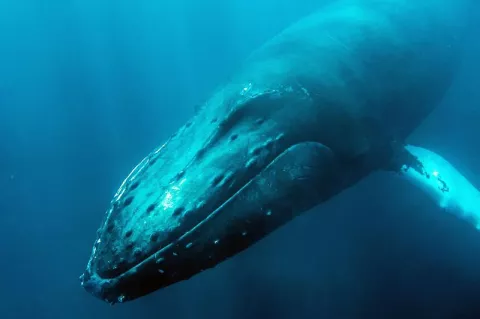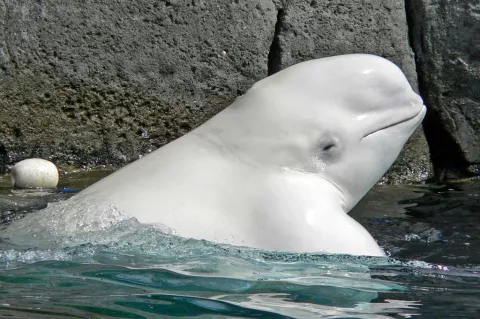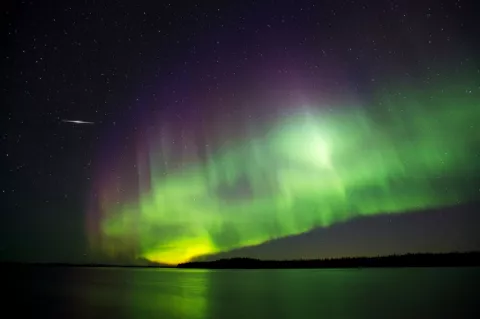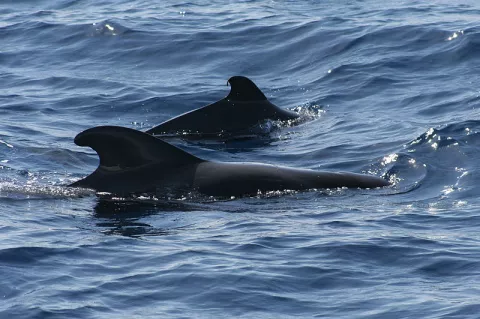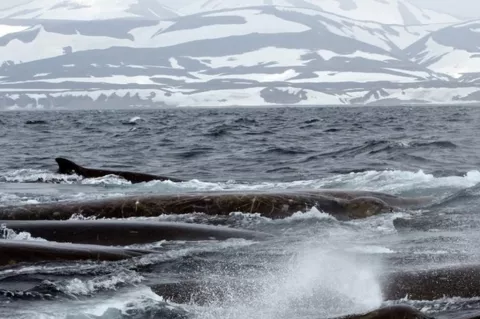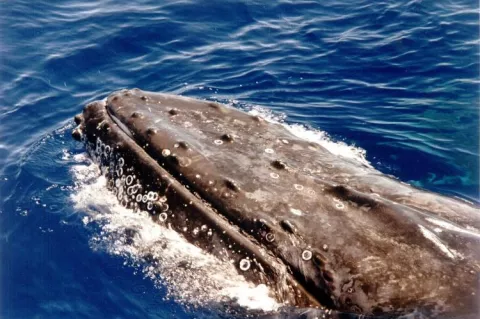Feeding strategies of blue whales revealed
Scientists studying blue whales off California's coast discovered that blue whales modify the intensity of their efforts when hunting krill in order to conserve energy.
"We found that blue whales have a complex strategy of switching from conserving oxygen when prey quality is low, to intense foraging at the expense of oxygen when prey quality is high," said Elliott Hazen, research ecologist at the U.S. NOAA Fisheries' Southwest Fisheries Science Center and lead author of the study.
- Read more about Feeding strategies of blue whales revealed
- Log in to post comments

